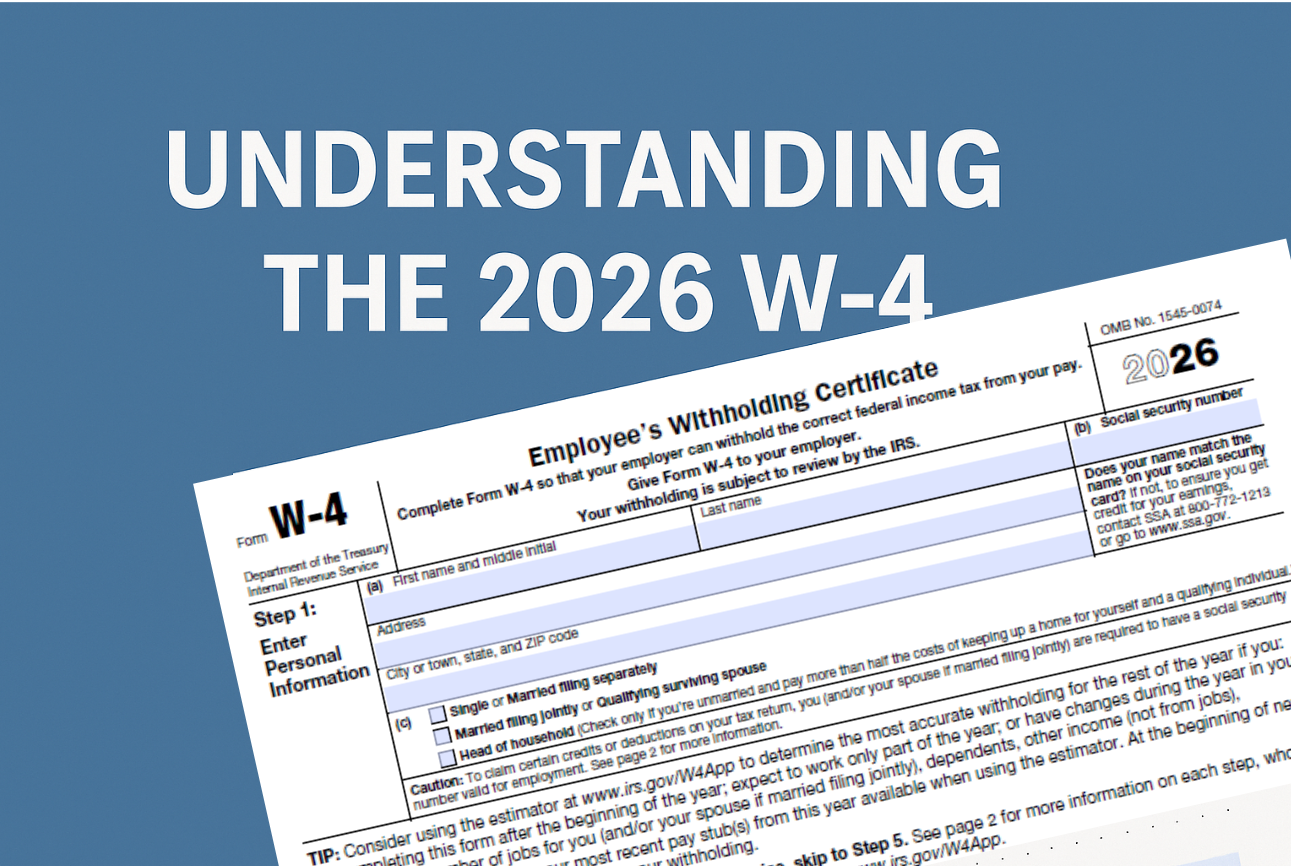Are Your Employees Now Eligible for Overtime?
With the new overtime rule going into effect in 2020, employers are looking for ways to keep labor costs low, while remaining compliant with Department of Labor regulations. One strategy being considered is the Fluctuating Workweek method. While this method is effective in reducing labor costs associated with overtime, employers should know all of the requirements before deciding to use it.
What is the Fluctuating Workweek Method?
Under the fluctuating workweek method, non-exempt employees (employees eligible for overtime pay) receive a fixed weekly salary. They are paid this salary regardless of the number of hours that they actually work.
In the fluctuating workweek method, the base rate of pay is calculated by dividing the fixed weekly salary by the number of hours actually worked that week. If the employee does work over 40 hours in a week, they will be paid 0.5 times their base rate of pay for each overtime hour. This is instead of 1.5 times their regular rate of pay, as required by the Fair Labor Standards Act normal method of calculating overtime.
In order to ensure compliance with the fluctuating workweek method, it is important that employers accurately track their employees’ time. An automated timekeeping system will make tracking hours easy for employees and employers, and can automatically calculate the base rate and overtime pay.
What Are the Requirements?
There are some requirements that must be met before an employer can use the fluctuating workweek method.
- The employee’s hours actually worked must fluctuate from week to week.
- The employee must receive the same weekly salary regardless of hours actually worked.
- There must be a clear (and ideally written) understanding between the employer and employee as to how they will be paid.
- The employee must work in a state where the fluctuating workweek method is not prohibited (Alaska, California, New Mexico, and Pennsylvania employees are not eligible).
If these requirements are not met, employers must pay employees 1.5 times the regular rate of pay for each overtime hour worked.
If the new overtime rule will affect your business, and you would like to consider the fluctuating workweek method, Time & Pay can provide tools to help you manage your labor costs, and help keep you compliant with DOL regulations.




